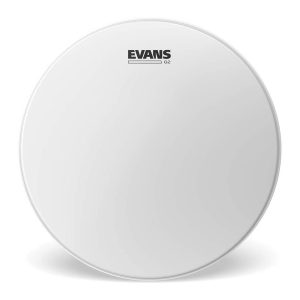
- Two Plies Of 7 Mil Film
- 2 Plies Offer Consistency And Durability
- All Music Genre Applications
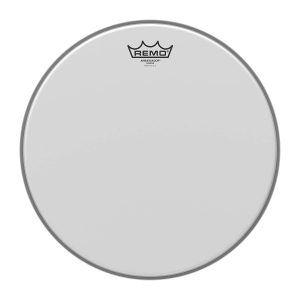
- Single-Ply 10 Mil Mylar Film
- For Tom, Bass And Snare Batter Applications
- Snare/Tom Batter & Resonant
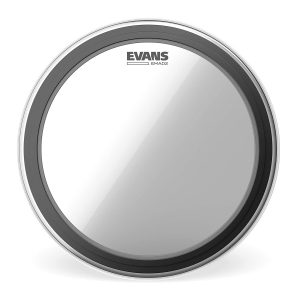
- Emad System
- Outer Ply – 7 Mil And An Inner Ply – 10 Mil Film
- For All Music Genres
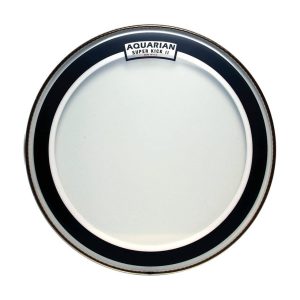
- Full Low End Sound
- Built In Floating Felt Muffle Ring. Two 7 Mil Plies
- No Extra Muffling Needed
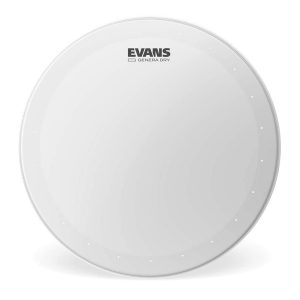
- Single Ply Of 10 Mil Film
- Small Vent Holes Eliminate Stray Harmonics
- Level 360 Technology
Choose the Best Drum Head for Metal
Customer’s Choice: the Best Rated Drum Heads for Metal
30 users answered this survey. Please help us improve this review!
Finding the best Drum Heads for Metal can be a difficult task. These musical instruments are an important part of your sound, and you want to make sure that you’re getting the best quality for your money. There are a lot of different factors to consider when purchasing Drum Heads for Metal, from the type of music you play to the size of your drums.
With so many different brands and models on the market, it can be hard to know which ones will work best for your style of music. This guide will provide product reviews and useful tips to help you choose the right Drum Heads for Metal. It will also answer some common questions about these products, so you can make an informed decision before purchasing them.
Table of Contents
Evans G2 Coated Drum Head, 20 cm
 The Evans G2 Coated Drum Head is a 20 cm diameter head that features a 2-layer design and 360 degrees of tuning stability.
The Evans G2 Coated Drum Head is a 20 cm diameter head that features a 2-layer design and 360 degrees of tuning stability.The unique translucent appearance of the head ensures that it will look great on any drum kit, and the 7-mm film construction ensures durability and consistency for longer playing time.
This head can be used for all music genre applications, and it delivers additional warmth, focus, and depth of sound when compared to other heads. The UV-cured function of the head also provides additional performance benefits, while the external power patch allows you to fine-tune your tone even further.
Ambassador Coated Drum Head from Remo, 35,5 cm
 Introducing the Ambassador Coated Drum Head from Remo! This medium-weight head produces a warm, open, and bright resonant sound that is perfect for live and recording situations.
Introducing the Ambassador Coated Drum Head from Remo! This medium-weight head produces a warm, open, and bright resonant sound that is perfect for live and recording situations.
The Ambassador Coated Drum Head has an overtone control ring mounted on the underside that helps to reduce overtones and sustain, providing a more focused sound. This drumhead is made of Mylar 10-mm film and coated with a layer of clear plastic, which gives it a controlled sustain.
The Ambassador Coated Drum Head can be used as both a batter and resonant drumhead on toms, bass drums, and snare drums, making it an ideal choice for any style of music.
Evans EMAD2 Clear Bass Drum Head, 55.8 cm
 Introducing the Evans EMAD2 Clear Bass Drum Head – the versatile drum head that provides a wide studio-ready tonal range for all music genres.
Introducing the Evans EMAD2 Clear Bass Drum Head – the versatile drum head that provides a wide studio-ready tonal range for all music genres.This bass drum head features an externally mounted adjustable damping system that allows you to adjust attack and focus, while the 2 foam damping rings provide different sound options.
Plus, with Level 360 degrees technology, the clear bass drum head seats properly and is easy to tune. Whether you’re playing rock, jazz, blues, country or metal, this Evans bass drum head is perfect for you!
Aquarian Drumheads: Super-Kick II Drumhead Pack, 55,8 cm
 Looking for an unbeatable bass sound with the convenience of hydraulic protection? Look no further than Aquarian Drumheads’ Super-Kick II Drumhead Pack! This 55,8-cm drumhead is perfect for delivering a thunderous initial attack that will carry through your performance.
Looking for an unbeatable bass sound with the convenience of hydraulic protection? Look no further than Aquarian Drumheads’ Super-Kick II Drumhead Pack! This 55,8-cm drumhead is perfect for delivering a thunderous initial attack that will carry through your performance.
The two 7-mm film plies offer excellent durability and allow for a full, deep bass sound without extra muffling. Plus, the built-in floating felt muffle ring ensures a full low-end sound that cuts through any mix. Whether you’re playing at home or out on the road, these drumheads are sure to give you the performance you need.
Evans Genera Dry Drum Head, 35.5 cm
 Introducing the Evans Genera Dry Drum Head – a premium snare drum head that delivers an extended tuning range and superior quality of sound.
Introducing the Evans Genera Dry Drum Head – a premium snare drum head that delivers an extended tuning range and superior quality of sound.This single-ply model is made of 10-mm film, eliminating excessive overtones and controlling sustain. The 2-mm overtone control ring also floating with the head ensures balanced contact with the critical bearing edge. Thanks to the revolutionary Evans Level 360 collar design, the level playing surface is extended.
And for even greater versatility, small vent holes around the edge eliminate stray harmonics and tighten the sound. Easy to fit and easy to tune, this head is perfect for any drummer looking for great sound and performance.
Buyer’s Guide
What are the Drum Heads for Metal?
The Drum Heads for Metal are a type of drumhead that is designed to be used with metal music. They have a thicker and more durable construction than other types of drumheads, which makes them better suited for heavier styles of music.
These devices were first used in the 1970s by heavy metal bands like Black Sabbath and Led Zeppelin. Since then, they have become a staple in the metal music scene. Because of their popularity, there is now a variety of Drum Heads for Metal available on the market.
Types of Drum Heads for Metal
Batter and Resonant Drum Heads
There are two main types of drum heads: batter and resonant. The batter head is the one that you hit with your sticks, while the resonant head is on the other side of the shell and amplifies the sound of the drum. Most metal genres use a combination of both batter and resonant heads.
Batter heads are typically made of two types of materials: coated or clear. Coated batter heads have a layer of plastic, rubber, or cloth on the surface that helps to dampen the sound and protect the head from wear and tear. Clear batter heads are just that – clear – and allow for more ringing overtones.
Resonant heads are typically made of two types of materials as well: coated or clear. Coated resonant heads have a layer of plastic, rubber, or cloth on the surface that helps to dampen the sound. Clear resonant heads allow for more ringing overtones.
There are also different thicknesses of batter and resonant heads available. A thinner head will be more responsive and have a brighter tone, while a thicker head will be less responsive and have a warmer tone.
Single Ply or Double Ply Drum Heads?
Single-ply Drum Heads are made of one layer of material, while double-ply Drum Heads are made of two layers of material. Single-ply heads are generally thinner and more responsive than double-ply heads. They also have a brighter tone and less sustain. Double-ply heads are thicker and less responsive than single-ply heads. They have a warmer tone and more sustain.
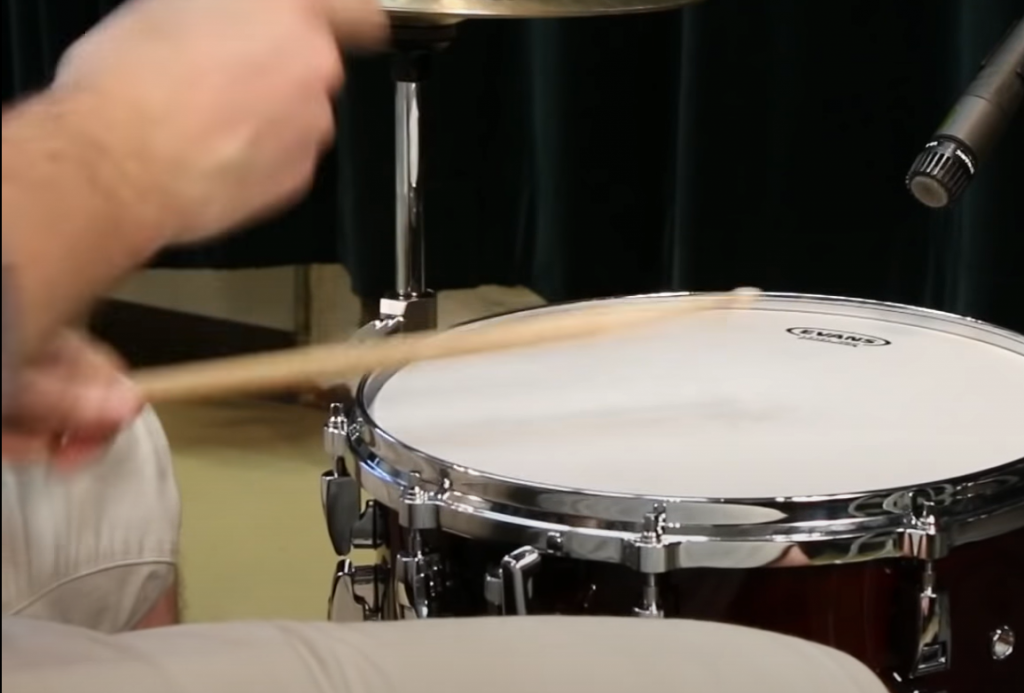
The single-ply models are usually better for metal genres, while the double-ply models are better for rock and other styles of music. The single-ply heads can have a thickness of about 1,3 mm, while the double-ply heads can have a thickness of anywhere from 6 mm to 10 mm. This parameter influences the amount of sustain the head has and how bright or warm the sound will be [1].
Coated and Clear Drum Heads
As mentioned earlier, coated batter heads have a layer of plastic, rubber, or cloth on the surface that helps to dampen the sound and protect the head from wear and tear. Clear batter heads are just that – clear – and allow for more ringing overtones.
Which type of head you choose depends on your personal preference and the genre of metal you play. Coated batter heads are generally better for genres like death metal, black metal, doom metal, and thrash metal, while clear batter heads are better for genres like power metal and progressive metal.
How Often Should I Change My Drum Head?
It depends on how often you play and how hard you hit your drums. Generally, a drummer should change his/her drum head every two to four weeks. However, if you play frequently or hit your drums hard, then you may need to change your heads more often.
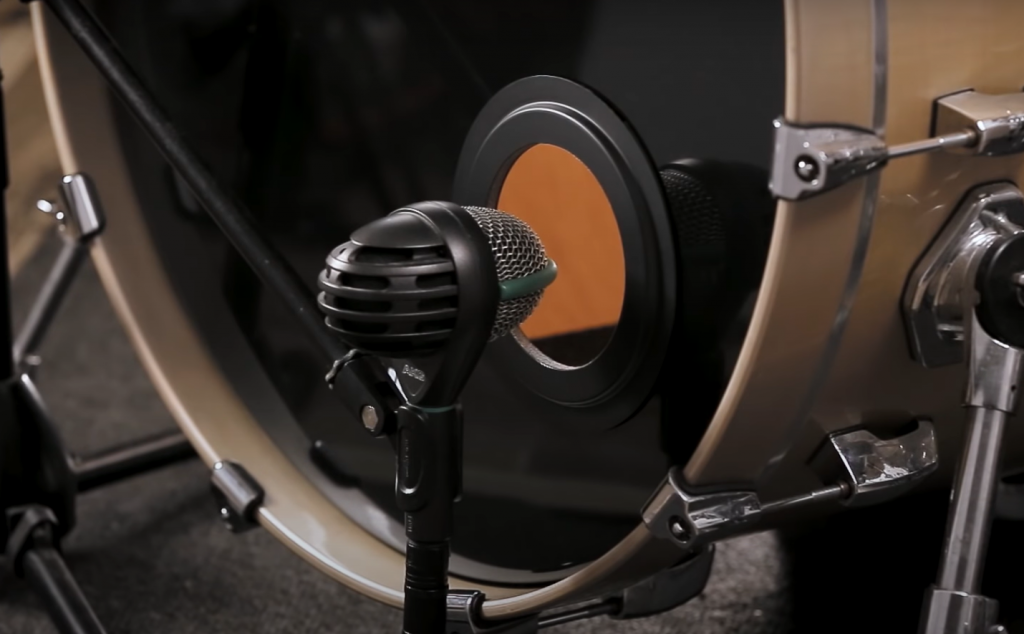
The first sign that a drum head needs to be changed is a decrease in sound quality. Another sign is when the drum head starts to look worn out. You should also change your drum head if it develops a crack. Always make sure to replace the drum head on both sides of the drum [2].
Can I Mix and Match?
One of the great things about Drum Heads is that you can mix and match them to get the sound you want. For metal, though, it’s best to use a single type of head for each side of the kit – this will give you the punchiest sound possible.
If you do want to experiment with different sounds, try using different heads on the bass drum and toms, or use a thicker head on the snare for more attack. Moreover, you can also use a resonant head on the toms and bass drum for more depth and sustain.
How to choose the Drums Heads?
Sounds of Metal
Drum Heads for metal can be divided into two categories: the first type is focused on delivering a powerful and aggressive sound, while the second one provides a more controlled sound. When choosing the right drum heads for your style of music, it is important to consider both categories.
The following factors will help you choose the best type of drum heads for metal:
- Your drumming style
- The type of music you play
- The size of your drums
- The tension of the head
How to Choose the Drum Heads? The first thing you need to do is determine what sound you are trying to achieve. If you want a powerful and aggressive sound, you will need drum heads that are designed to create a lot of volumes. If you want a more controlled sound, you will need drum heads with a tighter tuning.
The size of your drums also plays a role in the type of drum heads you should use. If you are playing on a smaller set, you will need drum heads that are designed for this size. If you are playing on a larger set, you will need to use bigger drum heads [3].
Durability
The tension of the head is also important when choosing drum heads for metal. If you are playing gigs, you will need drum heads that can withstand a lot of punishment. If you are just practicing in your garage, any type of drum head will do.
Material
The type of material that the drum head is made from also affects its sound. There are three types of materials that are commonly used in drum heads: Mylar, Kevlar, and Fiberglass.
Mylar is the most common type of material and it provides a bright and aggressive sound. Kevlar is a more durable material and it provides a louder and more aggressive sound. Fiberglass is the most durable material and it provides a bright and controlled sound.
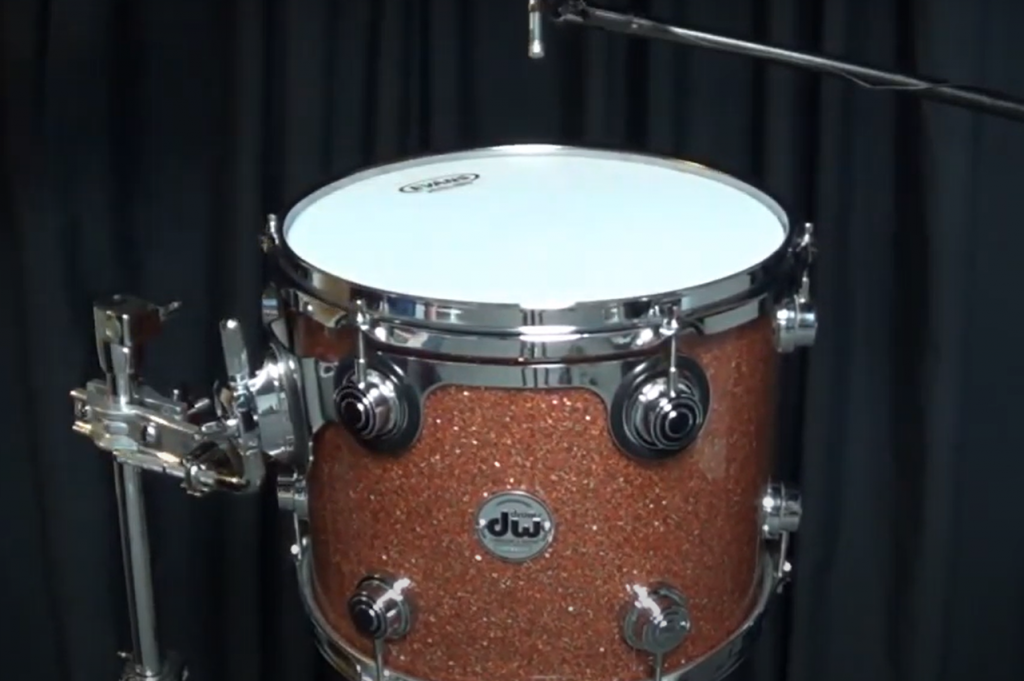
Which Material is Best for You?
Why change drumheads?
If you have old, worn out, crappy drum heads on your kit
It’s time for a change. Drumheads are one of the most important pieces of your drum kit, and they affect everything from the sound of your drums to how well you can play them.
Got a new drum kit?
Even if you just got a new kit, it’s a good idea to change the heads on it. You may have gotten some great-sounding drums, but the factory heads that come on them usually aren’t the best.
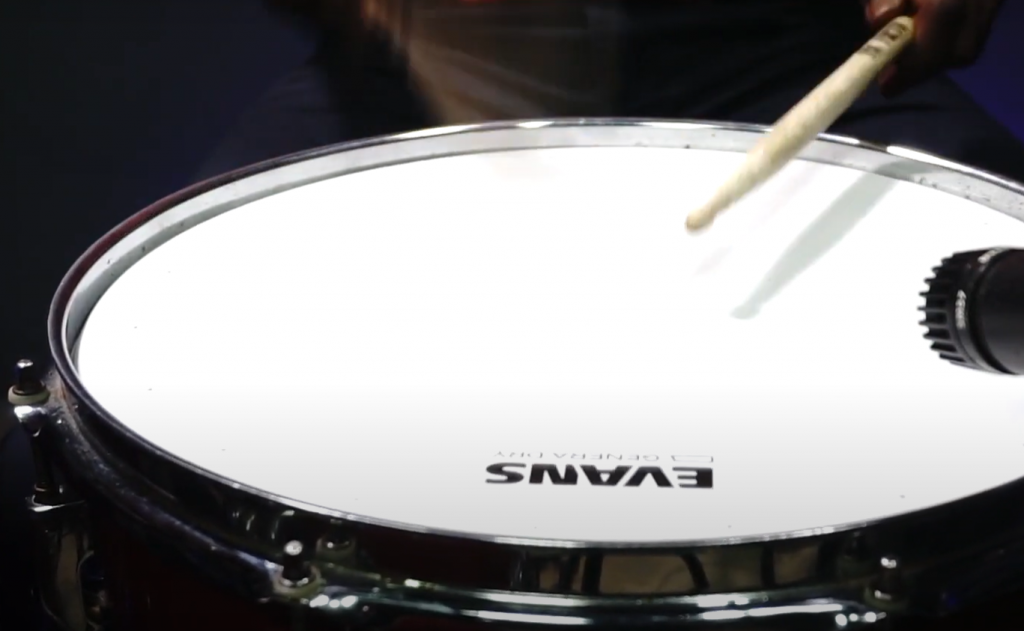
Changing your drumheads is one of the easiest and cheapest ways to improve your drum sound. You should change your drum heads at least once a year, even if you don’t think they need it.
Got a new drum kit?
FAQ
What drums are used in metal?
Drums used in metal music vary depending on the style of metal being played. For example, death metal may use a drum set with a bass drum that is 45×55,8 cm, while groove metal might use a kit with a 50,8×60 cm bass drum.
What are the best heads for metal?
There is no one-size-fits-all answer to this question, as the best heads for metal will vary depending on the style of music being played and the drums being used. However, some general tips include using heavier-gauge drumheads for higher volumes and harder surfaces, choosing heads with a tighter tuning for more attack, and experimenting with different types of heads to find the best sound for your style of metal.
What drum heads does Mike Portnoy use?
Mike Portnoy is a drummer known for his work with Dream Theater, Liquid Tension Experiment, and Adrenaline Mob. His current setup includes a 55.8-cm bass drum, 30-cm, 33-cm, and 40-cm toms, and a 60-cm floor tom. He uses Remo Clear Pinstripe heads on the toms and an Evans Genera HD Dry head on the bass drum.
What drum heads does Lars Ulrich use?
Lars Ulrich is the drummer for Metallica. His current setup includes a 60×35 cm bass drum, two 35×30 cm toms, and a 40×40 floor tom. He uses Remo Powerstroke 77 heads on all drums except the bass drum, which has an Evans EQ pad.
Do drum heads make a difference in sound?
Yes, drum heads make a difference in sound. The type of head, the thickness of the head, and the tuning of the head all affect the sound of drums. Heavier-gauge heads create more volume and are better suited for harder surfaces, while thinner heads provide more attack. Heads can also be tuned to various pitches to achieve different sounds. experimentation is key to finding the right heads for your style of metal music.
How do I choose drum hardware?
Drum hardware includes items such as the bass drum pedal, hi-hats, and cymbal stands. The type of hardware you need will depend on the style of music you play and the drums you use. Some basic tips include choosing gear that is sturdy and built to withstand heavy use, making sure all components are adjustable so they can be properly tuned, and choosing gear in a color that matches your kit.
How do you know what size drums to get?
The size of drums you need will depend on the style of music you play and the size of your space. Some general tips include opting for smaller drums if space is limited, choosing a kit that can be expanded as your playing skills improve, and selecting shells in different sizes to create a variety of sounds. If you are a beginner, it may be best to start with a basic drum set and add additional drums and cymbals as you progress.
What are the differences in drum heads?
There are a variety of drum heads available on the market, each with its own set of benefits and drawbacks. Some common types of heads include coated and clear heads, mesh heads, and Evans EQ pads. Coated heads provide a warmer sound, while clear heads have more attacks. Mesh heads are quieter than traditional drumheads and are suited for electronic drums, while Evans EQ pads can be used to adjust the sound of a bass drum. experimentation is key to finding the right heads for your style of metal music.
What drum heads are good for rock?
Rock music typically uses thicker, harder-hitting drum heads. Heavier-gauge coated or clear heads are a good option for rock, as are mesh heads. Evans EQ pads can also be used to adjust the sound of a bass drum. experimentation is key to finding the right heads for your style of metal music.
What are Remo UT heads?
Remo UT heads are designed for use with electronic drums. They are made of mesh and provide a quieter sound than traditional drumheads. They are also less prone to wear and tear, making them ideal for extended use.
Useful Video: Clear or coated drum heads, whats the REAL difference? Evans G2
Conclusion Paragraph
The choice of the best Drum Heads for Metal can be a daunting task. However, armed with the right information and product reviews, it can be an easy process. By following the advice in this article, you should be able to find the perfect Drum Heads for Metal for your needs. The reviewed models are all great options, so you can’t go wrong with any of them because they all offer something different. Just make sure to consider your specific needs and preferences before making a purchase.
Got a new drum kit?
References:
- https://soundhalo.com/best-drum-heads-for-metal/
- https://thevault.musicarts.com/tell-need-new-drum-heads/
- https://drumheadauthority.com/drumhead-selector/how-do-i-choose-a-drumhead/

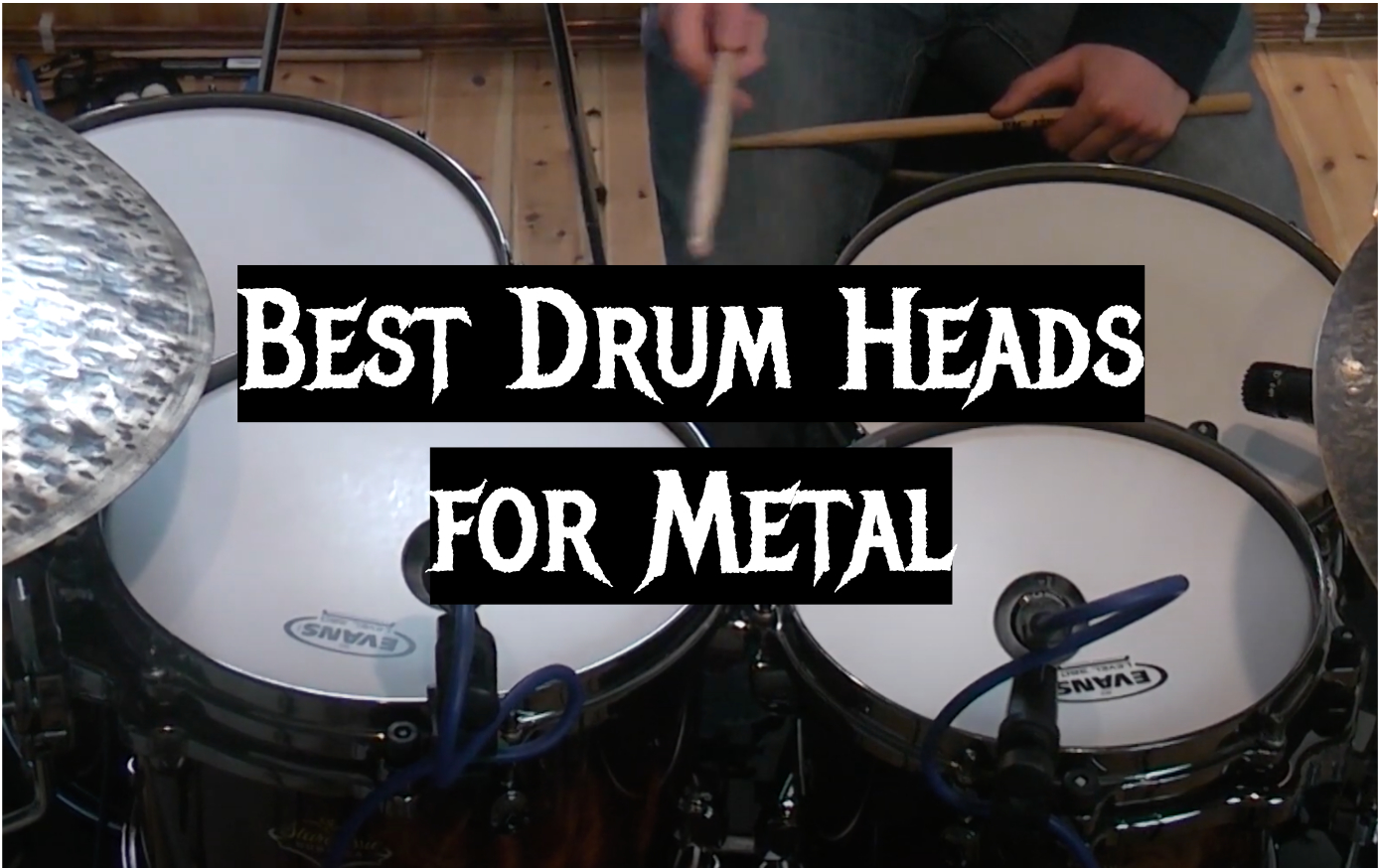
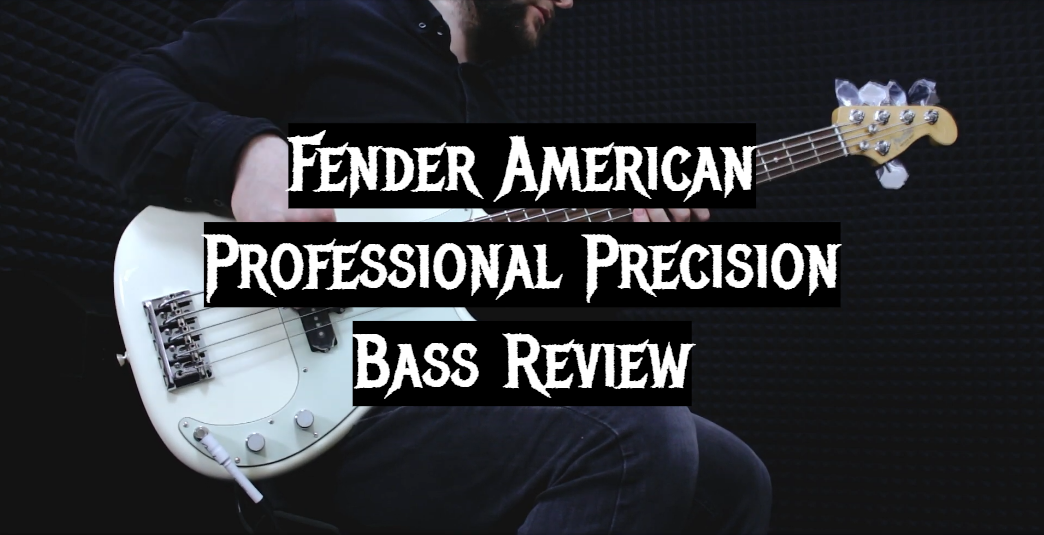

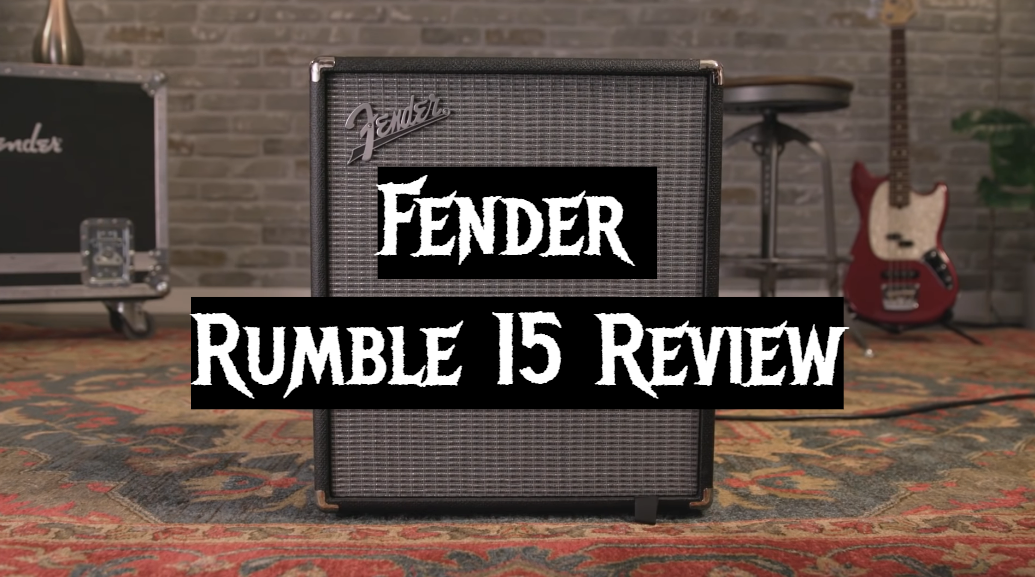
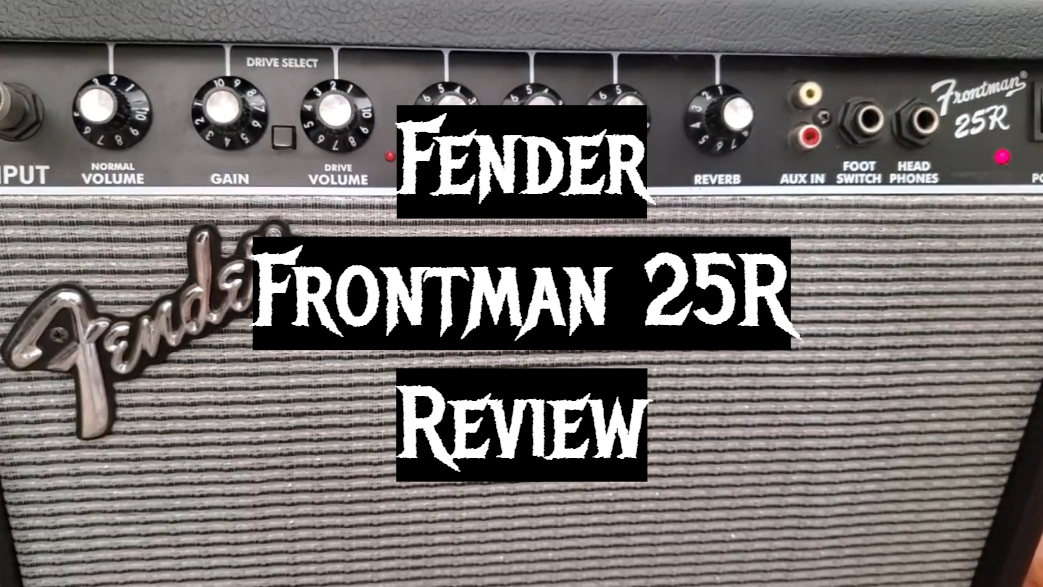
Leave a Reply